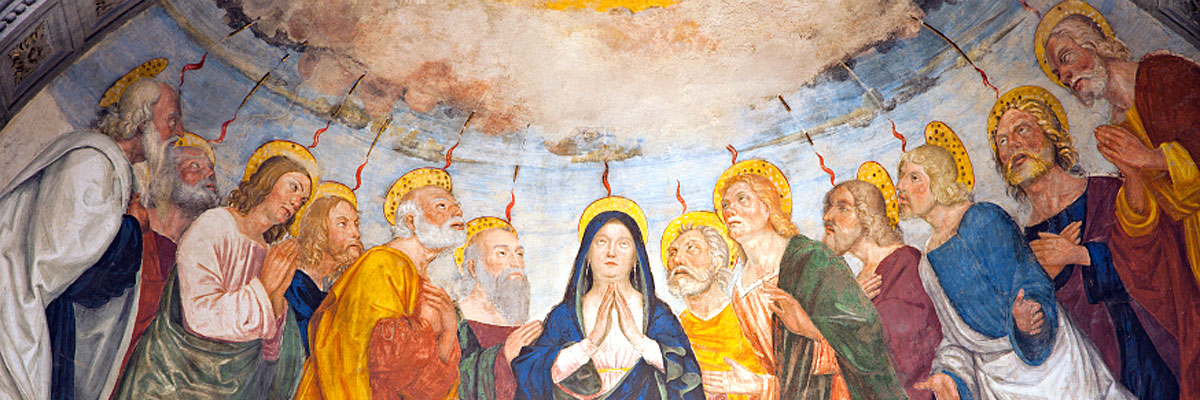
Understanding Our Church
A Treasury of Arkansas Writers Discussing the Catholic Faith
Official Website of the
Catholic Diocese of Little Rock
We need to find new ways to reach out to young adults
Published: March 2, 2019
By Jeff Hines
Trinity Junior High School
Father Matt Garrison tells a story of a rainy night in Florence, Italy. The last train of the night was canceled, and he had no place to go. He took shelter in a nearby alcove. Soon, other travelers in the same predicament joined him there. His newfound companions did not speak English, but they discovered that they all knew the words to “Bohemian Rhapsody.” And so there, amid the storm, their voices echoing off the stone walls, they loudly sang “Bohemian Rhapsody.”
I laugh when I picture the scene, and I sing along in my mind. But sadly, I’m reminded, the words of the song may well express the hearts of many young people today, especially young adults: “Nothing really matters, anyone can see. Nothing really matters to me.”
Is there a sense of hopelessness among young adults today? There is, according to Dr. William Dietz, a disease prevention expert at George Washington University, who said in a Nov. 29 Associated Press article, “I really do believe that people are increasingly hopeless, and that leads to drug use, it leads potentially to suicide.” He said this in response to the announcement by the Center for Disease Control that suicides and drug overdoses pushed up U.S. deaths last year and drove a continuing decline in life expectancy in the U.S.
One of the most profound things I learned from my theology degree is that the Church develops in time. The message does not change, but our presentation of the message changes to suit the times.
How should the Church respond to a growing sense of hopelessness, when hope itself is one of the three main virtues of the Christian life: faith, hope and love? (Catechism of the Catholic Church, no. 1813) We should begin by reviewing the mission of the Church. Our mission is to proclaim the Good News of Jesus Christ to all people and to build the Kingdom of God on earth. (“Lumen Gentium,” no. 6 and “Gaudium et Spes,” no. 1).
Jesus established the Church to carry the message to all people: Your creator wants to connect with you. He wants to share in your life; he invites you to share in his life. This is the Gospel, the good news. One of the most profound things I learned from my theology degree is that the Church develops in time. The message does not change, but our presentation of the message changes to suit the times.
Pope John XXIII in the opening speech to the Second Vatican Council said, “The substance of the ancient doctrine of the deposit of faith is one thing, and the way in which it is presented is another.” We need to find new ways to reach out to young adults. We need to develop new opportunities for them to come together in community and meet God in one another and in themselves. We need to create new pathways to bring them to the sacraments, the “stream of divine grace.” (“Sacrosanctum Concilium,” no. 61)
Perhaps Father Matt in the streets of Florence is an example of getting out there, meeting young people where they are, sharing whatever language they have in common and moving forward together; a common experience from which to share the message. Pope Francis calls it the “art of accompaniment.” (“Evangelii Gaudium,” no. 169)
“Bohemian Rhapsody” ends with what sounds like the depths of hopelessness, “any way the wind blows …” But it is when we are weak, then we are strong. That is where we find God and rely upon him. He created the wind and upholds it. He upholds us and gives us hope.



